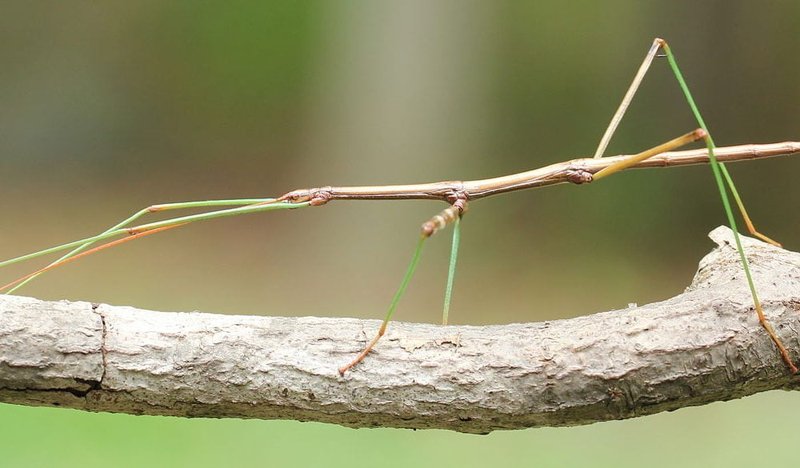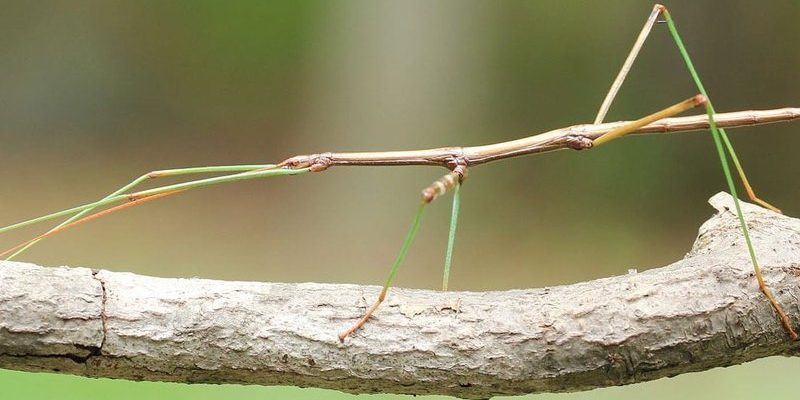
Stick insects, known scientifically as phasmids, have been around for millions of years. Their elongated, stick-like bodies allow them to mimic twigs and branches, making them almost invisible to predators. This unique trait isn’t just useful for survival; it also makes the stick insect a metaphor for themes like resilience, transformation, and the importance of one’s environment. So, grab your favorite drink, and let’s dig deeper into the cultural layers of this remarkable insect.
Symbol of Resilience
Resilience is often marked by one’s ability to adapt and thrive in challenging situations. Stick insects embody this concept beautifully. Their camouflage not only helps them escape predators but also signifies the ability to stand strong despite adversity. In many cultures, they symbolize the idea of overcoming obstacles by blending into one’s surroundings rather than confronting them head-on.
Take the story of the indigenous tribes in Australia, where stick insects are revered for their stealthy nature. They remind us that sometimes, it’s beneficial to remain undetected. This idea resonates with those who have faced challenges and learned to navigate life with quiet determination. The stick insect teaches us that resilience doesn’t always mean loud protests or grand gestures; sometimes, it means simply holding on and blending in until the storm passes.
Transformation and Change
When it comes to transformation, stick insects have a lot to teach us. Like many insects, they undergo a process called *metamorphosis*, where they transition through various life stages. This change—from egg to nymph to adult—mirrors the human experience of growth and evolution. In many cultures, the stick insect symbolizes personal growth or the journey of becoming who you are meant to be.
Imagine a young person navigating the tricky waters of adolescence. Just like the stick insect, they might feel out of place or like they need to hide. But as they grow, they emerge into their true selves, much like a stick insect shedding its old skin. This connection reinforces the importance of embracing change and recognizing that transformation can lead to beauty and strength.
Connection to Nature
Stick insects exemplify a deep connection to nature. Their survival relies entirely on the health of their habitat, which highlights the delicate balance between creatures and their environments. In various cultures, this connection is seen as a reminder of our responsibility to protect the planet.
For example, in some indigenous cultures, the stick insect represents the interdependence of all living things. It serves as a symbol of harmony, urging us to recognize that our actions have consequences on the world around us. The stick insect teaches a powerful lesson: when we nurture our environment, we’re nurturing ourselves too.
Spiritual Symbolism
In spiritual contexts, the stick insect holds unique meanings. Many cultures see it as a symbol of patience, wisdom, and introspection. The slow, deliberate movement of the stick insect reminds us that some things in life require time and thought. It encourages us to pause and reflect before taking action, a quality that’s often lacking in our fast-paced world.
The stick insect’s camouflage also represents *spiritual discernment*. It urges us to look beyond mere appearances and seek deeper truths. After all, just because something seems ordinary doesn’t mean it lacks significance. This perspective pushes us to appreciate the unseen aspects of ourselves and others.
Impact on Art and Literature
The stick insect has permeated various forms of art and literature, serving as a muse for many creatives. Its unique form and symbolism have inspired paintings, stories, and even poetry. Artists often depict this insect to evoke themes of disguise, transformation, and the hidden beauty of nature.
For example, in children’s literature, stick insects often appear in tales about camouflage and survival, teaching young readers about the importance of adaptation. These stories resonate, conveying powerful messages about embracing one’s uniqueness and the value of patience. The stick insect, in this context, becomes a guide for navigating life’s complexities.
The cultural symbolism of the stick insect is a rich and multifaceted tapestry. From representing *resilience* and *transformation* to highlighting our connection with nature, this unassuming creature teaches us valuable lessons. It serves as a reminder that though we might sometimes feel invisible or out of place, we all have our unique place in the world.
So, the next time you encounter a stick insect in your backyard or at the zoo, take a moment to appreciate its story. It’s not just a bug; it’s a symbol of endurance, growth, and connection to the earth. Who would’ve thought that such a simple creature could carry so much meaning? That’s the beauty of nature—it never ceases to amaze us.

